Meet William Tate, the maker of Bognor
This article contains affiliate links. We may earn a small commission on items purchased through this article, but that does not affect our editorial judgement.
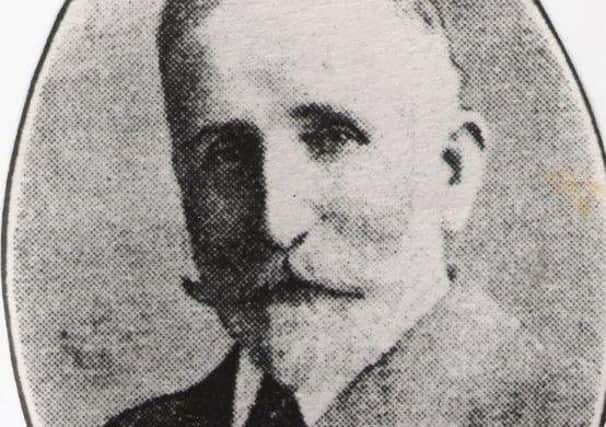

William Tate was born in 1848 and was the fourth of ten children. The Tate family was a well-established family in the town at that time.
His grandfather founded a furniture business in the town, which was eventually taken over and carried on by the Reynolds company, which is still in existence today.
Advertisement
Hide AdAdvertisement
Hide AdWilliam was apparently quite a rebel in his youth and his education can only be classed as basic, due to the lack of schools in the area at this time.
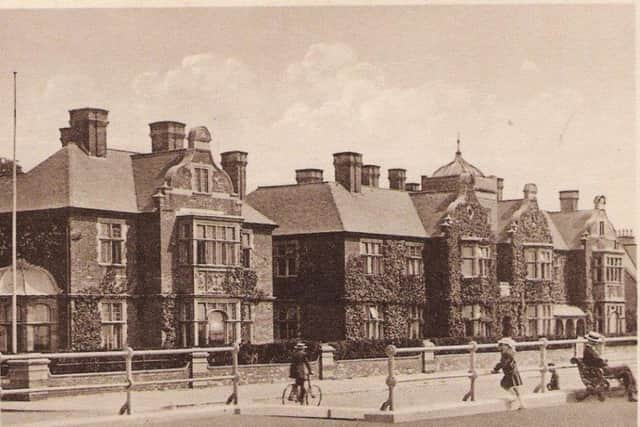

When he was still in his 20s, his parents decided to emigrate to Australia – this must have been quite a decision for a family to take in 1868.
The family arrived in Brisbane and set up a new life for themselves. However within three years, in 1871, William decided to return to the town of his birth with his wife to start a business in West Street.
He eventually became a member of the Urban District Council and was very supportive of electricity arriving in the town, building the first generator in the town, which was later taken over by the electricity company.
Advertisement
Hide AdAdvertisement
Hide AdHe also supported the principle of extending East Parade from Park Road to Nyewood Lane.
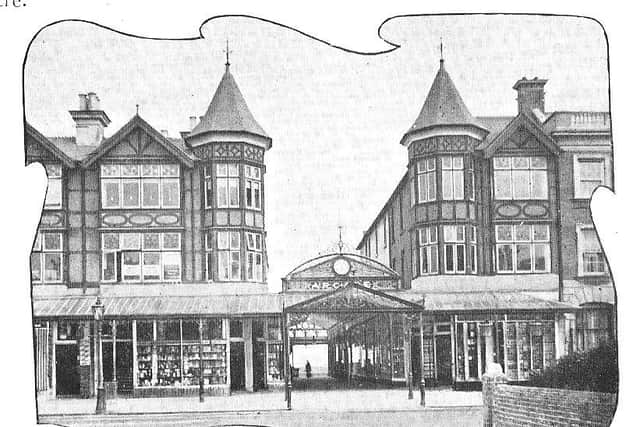

In 1891, William Tate became involved in building the sea wall between York Road and Gloucester Road, and due to the large size and nature of this project, he decided to resign his seat on the council to enable him to have more time for the work involved.
For most of the 1900s, his work was recorded on the seafront railings where his name was incorporated into the base of the supporting rails. A section of these have been on display in the Bognor Regis Local History Museum in West Street during the summer months.
He eventually moved his business to 7 High Street, where for about 30 years he carried out his trade of cabinetmaker and provided complete house furnishings in the town.
Advertisement
Hide AdAdvertisement
Hide AdEventually this proved not to be sufficient for him and he decided to branch out into the building trade.
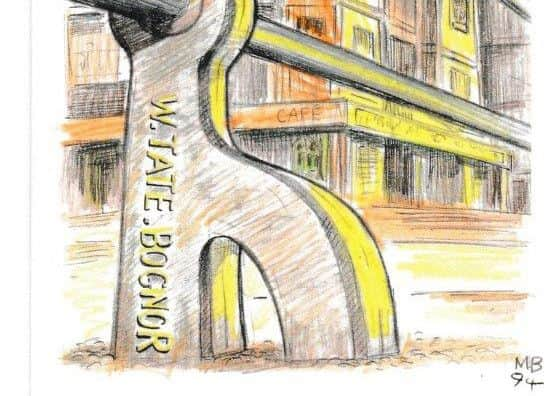

In 1900, he was involved in numerous other major constructions in the town, such as the Princess Mary Memorial Home. This opened on July 9, the same day as another of his constructions, the Victoria Convalescent Home, on the promenade.
As the town continued to expand, he was primarily involved in two of the largest constructions of their time, that of the Arcade which was opened during August 1902 and also he built the Kursaal, which contained a skating rink, balconied tea room, Pierrotland, a theatre and shops.
This seafront building opened in 1910; while it changed its name to The Rex, it remained a major construction on the seafront until it was finally demolished in 1977 to make way for the Regis Centre.
Advertisement
Hide AdAdvertisement
Hide AdOn completion of this impressive building on the seafront, one councillor remarked, this ‘will serve as a lasting monument of his enterprise.’
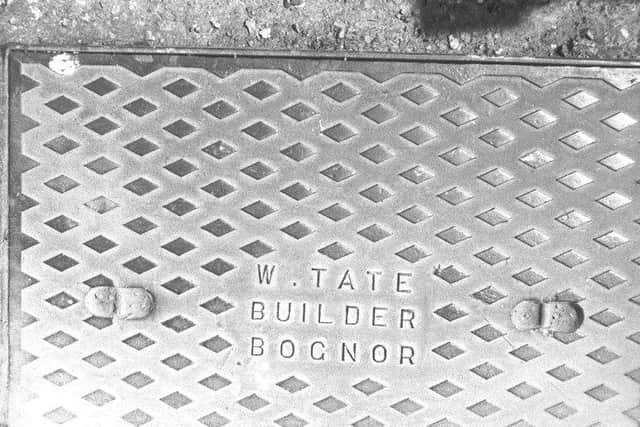

William Tate also became involved in the expansion of streets, especially around the area originally known as Canada Gardens for the Poor, which then became known as Canada Grove, Ockley Road and Gainsboro Road, where houses were first recorded in 1904 in the trade directories.
When I lived in Gainsboro Road, about 30 years ago, we had a manhole cover near the house designated to William Tate.
In 1911, he was elected chairman of the Urban District Council and within 12 months was involved in the erection of shops opposite the Police Station then in London Road.
Advertisement
Hide AdAdvertisement
Hide AdIn the early days the three shops concerned had their rent fixed at £105 pa. It was reported that these shops ‘added greatly to the appearance of the area’. A newspaper report at this time provides us with an insight into this man as it told that ‘he is prominent in a double sense – in business life he has done much for the development and progress of the town, while as a member of the Urban Council, his experience of that body extends over a period of some 20 years. His life has been a life of energy and progress, and his succession to the chief public office of the town, by the unanimous vote of his colleagues, may be looked upon as an acknowledgment and tribute to his private enterprise, which has done so much for the advancement and progress of the town.’
Other areas have been attributed to him, such as Gordon Avenue, Campbell Road and the estate where today we have Marshall Avenue. During the later period of his life in the town, he lived in Turret House in Felpham, until 1912 when he moved to Southsea.
He eventually retired from work only six months before he died in December 1931, aged 83 years; three sons and five daughters survived him from his marriages.
His place in the history of Bognor can never be doubted based on the number of areas with which he was involved. In 1985, a letter was sent to the town from a person in Australia tracing their family history.
Advertisement
Hide AdAdvertisement
Hide AdThese people were trying to find out why the family emigrated to Australia, as the writer could not understand why a person with a substantial business in England should close it down and move their complete family to the other side of the world – especially in the mid 1800s.
Today the town has developed, and companies move into an area to build large developments, as requested by architects. Therefore it is difficult for us to imagine the drive and enthusiasm that must have been used by William Tate.
A singular man with a motto – Progress – of which there is no doubt he achieved great things here in Bognor. I am sure there are more tales of his escapades, with further developments and his involvements in building projects that have not been documented. However there is no doubt at all that this man, at the beginning of the 20th century was justly known as ‘the maker of Bognor’.
Don’t miss out on all the latest breaking news where you live.
Advertisement
Hide AdAdvertisement
Hide AdHere are four ways you can be sure you’ll be amongst the first to know what’s going on.
1) Make our website your homepage at www.bognor.co.uk/
2) Like our Facebook page at www.facebook.com/BognorRegisObserver
3) Follow us on Twitter @BogObserver
4) Register with us by clicking on ‘sign in’ (top right corner). You can then receive our daily newsletter AND add your point of view to stories that you read here.
And do share with your family and friends - so they don’t miss out!
The Bognor Observer - always the first with your local news.
Be part of it.